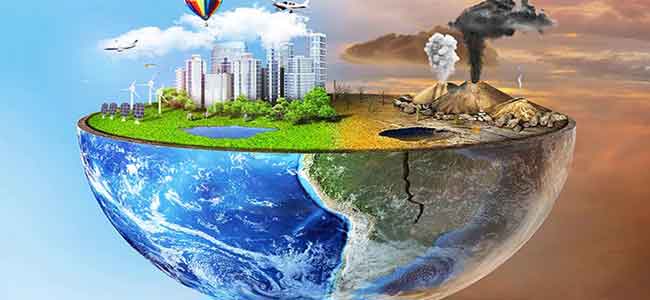Pollution mitigation has become a common goal of countries around the globe. Pollution due to the excessive use of man-made objects has caused a lot of environmental loss, ultimately leading to global warming. This is why the increasing atmospheric temperature and health concerns have led to a demand for technological changes over recent years.
Introduction
It is impossible to eliminate the use of automobiles in the 21st century, which is why it called for an ultimate solution to this issue. To meet pollution mitigation targets, countries like Japan, the USA, and the major players of the EU came up with an idea of exhaust emission regulation during the 1990s, leading to the invention of Tier 4 final engine.
Tier 4 Final Engine Requirement
The engines of off-road vehicles having an output of over 75KW and 130KW in the USA and EU respectively had to meet with the exhaust emission regulation, but it had a rigorous turn off in 2014. The law suggested changing the phase name to “stages” in the EU and “tiers” in the USA. The regulation resulted in a 99% decrement of NOx (Nitrous Oxides) and PM (Particulate Matter) levels in the environment. A variety of engines have, therefore, been developed for off-road vehicles to match the tier 4 final engine demands.
Environment and People
The presence of NOx leads to the production of smog, ground-level ozone, and acid rain. The particulate matter, which exists in the form of black soot and smoke, has an undesirable odor and is the source of lung irritation, cancer, and heart diseases. The tier four final engine technology is developed using SCR, EGR, and CEGR technique. These techniques, as explained in the paragraph below, have made a massive difference in the pollution concentration by eliminating the NOx and PM levels to a great extent.
Mechanism of Stage 4 Technology
The Tier Four Final Engines have been built by inheriting various techniques like SCR (Selective Catalytic Reduction), DPF (Diesel Particulate Filtration) and DCR (Diesel Oxidation Catalyst). The most effective tier 4 final engine is made using only the SCR technique but with a bit of an improvement. The SCR technique has been improved using AdBlue. When AdBlue is injected into the exhaust line, the NOx present in the catalytic converter alters the harmful compound into water and nitrogen. The (EGR) Exhaust Gas Recirculation accompanies the SCR technique, making it a successful engine technology.
Cost-Effective Alternative
To meet the pollution mitigation standards, the elimination of NOx and PM has become a necessity, but this process leads to a complicated trade-off. The NOx level reduction results in an increase in the PM levels and vice-versa. However, the implementation of SCR with the above reaction mechanism brings excellent results by acting as an alternative to costly DPF systems that require high maintenance. With this technique, a greater amount of fuel power gets converted into mechanical energy as the rejection of the heat decreases, thereby promoting a lower atmospheric temperature, working against the DPF system which consumes a higher amount of fuel energy and releases more heat into the atmosphere.
Perks Summation
The Tier 4 Final Engine technology has contributed to pollution mitigation by lowering exhaust emission levels. The CEGR technique (Cooled Exhaust Gas Recirculation) has evolved for the better over the years, decreasing the cooling demands, thereby minimizing radiator package expenses and noise pollution.
To read more on topics like this, check out the blog category.
